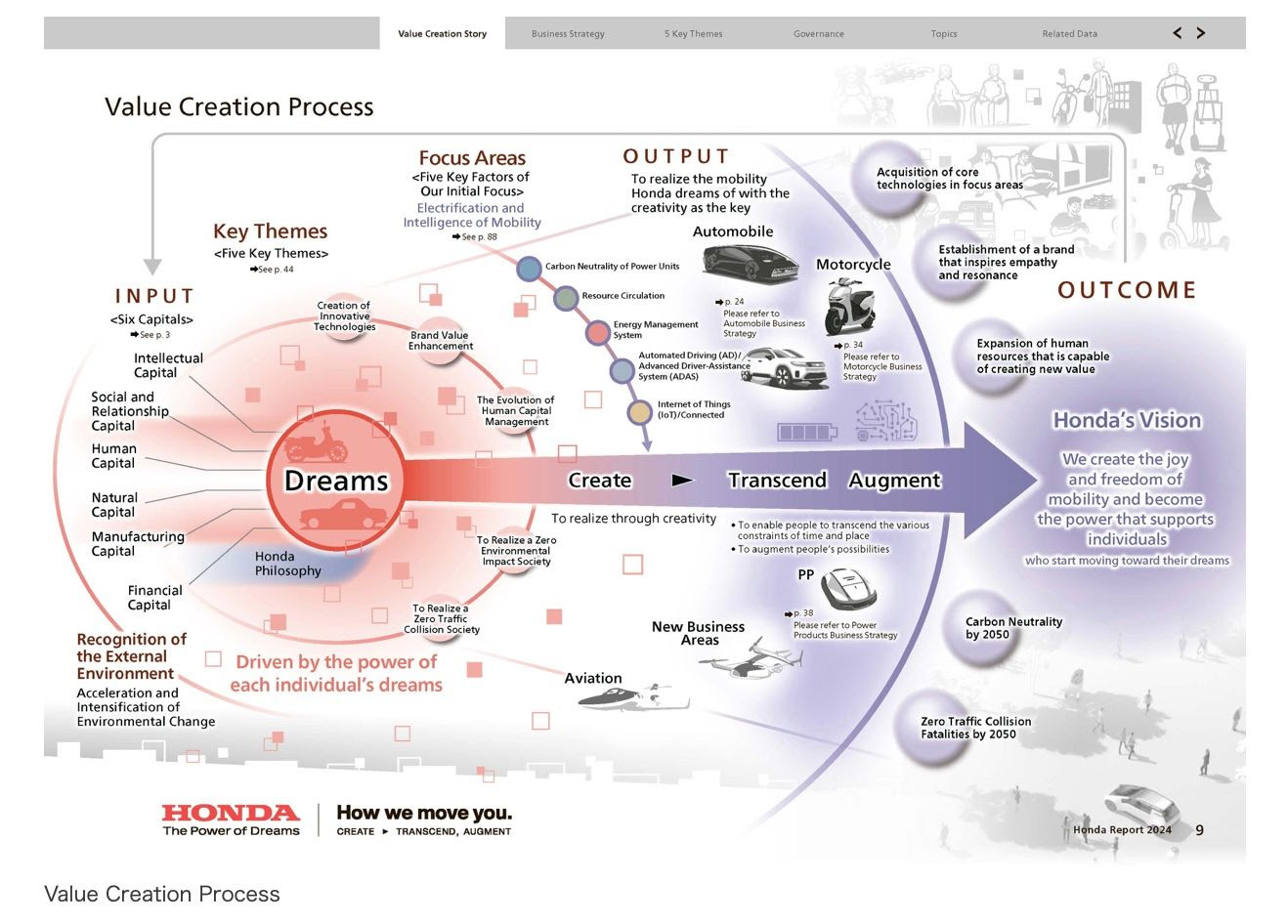In personal injury cases, pain and suffering can significantly impact the compensation a victim receives. Courts recognize that injury extends beyond physical damage, often involving deep emotional trauma that may be harder to define but equally debilitating.
Distinguishing between physical pain and emotional suffering is crucial in legal proceedings, as each aspect affects a person’s quality of life in different ways. While physical pain can be documented through medical records, emotional trauma—such as anxiety, depression, or PTSD—requires psychological evaluation and expert testimony to prove its extent.
Understanding how courts define and evaluate pain and suffering is key to building a strong case.
Defining Physical Pain in Court
Physical pain is typically the most straightforward aspect of pain and suffering to prove in court. It is often supported by medical records, diagnostic tests, and expert testimony from healthcare professionals.
Injuries such as broken bones, burns, or chronic pain conditions are visible and measurable, making it easier for courts to assess the level of physical suffering a person has endured. In personal injury cases, the severity, duration, and ongoing impact of the pain are critical factors in determining compensation.
For example, a car accident victim may experience lasting pain from spinal injuries, which can be substantiated through consistent treatment records and medical reports. Courts use this evidence to quantify the extent of physical suffering and calculate damages accordingly.
Understanding Emotional Trauma
Emotional trauma, though less visible than physical pain, can have equally devastating effects on a person’s well-being. In court, emotional suffering is typically defined as the mental anguish a person endures following a traumatic event.
This may include conditions like post-traumatic stress disorder (PTSD), depression, anxiety, or insomnia, all of which can significantly impact daily life. Unlike physical injuries, emotional trauma is harder to quantify, often relying on psychological evaluations, therapist reports, and the victim’s own testimony to demonstrate its severity.
For instance, a person who survives a severe car accident may suffer from debilitating anxiety, preventing them from returning to normal activities. Expert witnesses, such as psychologists or psychiatrists, play a key role in proving the existence and extent of emotional trauma in court, helping to establish the long-term effects on the individual’s quality of life.
Proving Pain and Suffering in Court
Successfully proving pain and suffering in court requires a combination of evidence, expert testimony, and persuasive argument. For physical pain, medical records such as doctor’s notes, treatment plans, and diagnostic tests serve as concrete evidence of the injury’s severity.
Expert witnesses, including physicians and specialists, may testify to the extent of the pain and its potential long-term impact on the victim’s life.
In contrast, proving emotional trauma is more complex, often relying on subjective accounts from the victim, supported by testimony from mental health professionals. Journals documenting the emotional toll, therapy records, and expert evaluations can all contribute to establishing emotional suffering.
Courts will consider the nature of the injury, its duration, and how it affects the victim’s ability to lead a normal life. Together, these elements help create a full picture of the plaintiff’s suffering, making it easier for courts to award fair compensation.
Compensation for Pain and Suffering
When it comes to compensation for pain and suffering, courts generally recognize both physical and emotional pain as valid grounds for claims. However, the methods for calculating damages can differ significantly between the two.
For physical injuries, compensation is often based on measurable medical expenses, lost wages, and the severity of the pain, as substantiated by medical records. In these cases, courts may use established guidelines or multipliers based on the injury’s severity to determine financial awards.
Compensation for emotional trauma can be more subjective. Courts often consider factors such as the impact on daily functioning, the duration of emotional distress, and the credibility of supporting evidence.
Victims may receive compensation for therapy costs, lost enjoyment of life, and the long-term psychological effects of their trauma. It’s crucial for victims to provide thorough documentation and expert testimony to support their claims.
Challenges in Proving Emotional Trauma
Proving emotional trauma in court presents unique challenges that can complicate personal injury claims. Unlike physical injuries, which can often be documented with clear medical evidence, emotional suffering is more abstract and subjective.
- Subjectivity of Emotional Pain: Emotional trauma is inherently subjective, making it difficult for judges and juries to fully understand its impact compared to visible physical injuries.
- Lack of Concrete Evidence: Unlike physical injuries that can be documented with medical records, emotional suffering often lacks clear, tangible evidence. This can lead to skepticism about the validity of claims.
- Variability of Symptoms: Emotional distress can fluctuate in intensity, making it challenging to demonstrate a consistent state of suffering. This variability can create uncertainty about the duration and severity of the trauma.
- Need for Expert Testimony: Plaintiffs often require expert psychological evaluations to substantiate their claims. This can introduce additional complexity and expense, as finding qualified experts can be time-consuming.
- Potential for Misunderstanding: Juries may struggle to empathize with emotional trauma if they have not personally experienced similar situations, leading to potential bias against the plaintiff.
- Stigmatization of Mental Health Issues: Societal stigma surrounding mental health can impact the perception of emotional trauma in court, causing jurors to question the legitimacy of psychological suffering.
- Burden of Proof: The responsibility to prove emotional trauma lies heavily on the plaintiff, requiring them to present compelling evidence and narratives that convincingly illustrate their suffering.
- Difficulty in Quantifying Damages: Assigning a monetary value to emotional pain is complex and subjective, often leading to inconsistent awards across similar cases.
Distinguishing between physical pain and emotional trauma is essential in personal injury cases, as both can profoundly affect a victim’s life. While physical pain is often easier to quantify through medical records and expert testimony, emotional trauma presents a more complex challenge that requires careful documentation and persuasive argumentation.
Understanding how courts evaluate these different types of suffering helps victims navigate the legal landscape more effectively. It emphasizes the importance of comprehensive evidence and expert insights in making a compelling case.
Achieving fair compensation for both physical and emotional pain not only acknowledges the full scope of a victim’s experience but also supports their journey toward recovery and healing.











